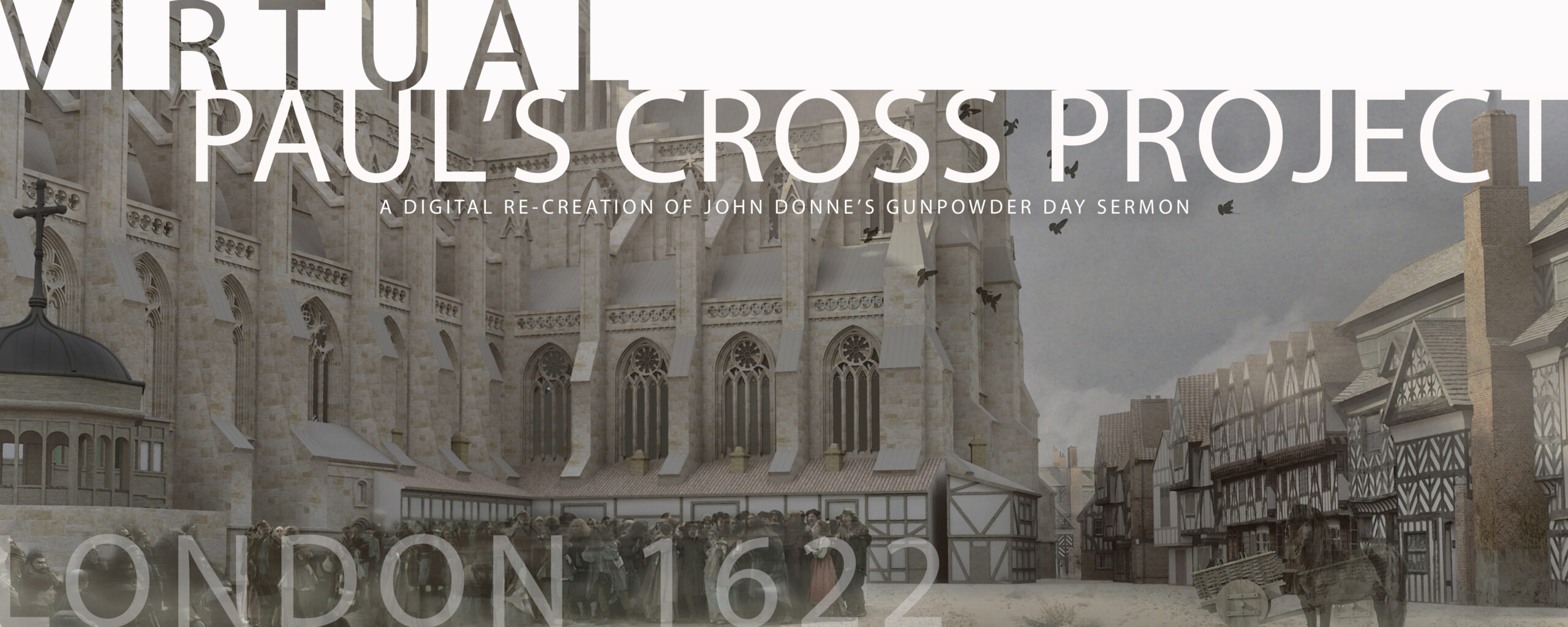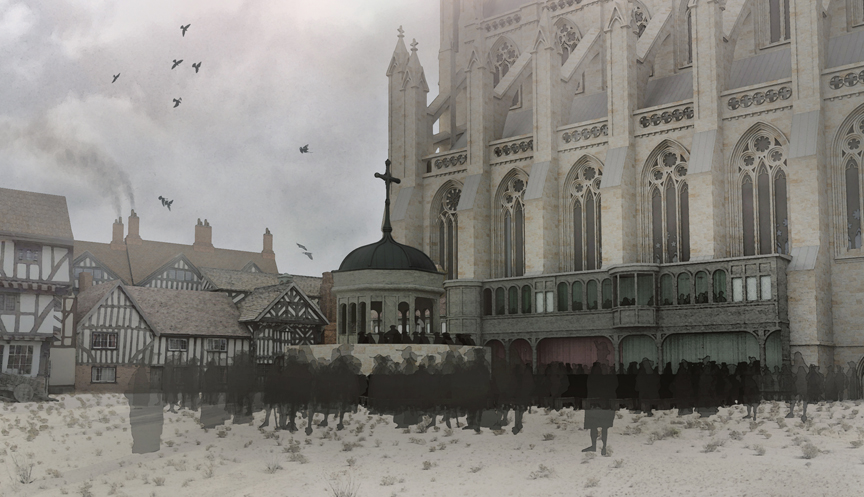 Figure 1: Paul’s Cross, from about 125 feet. From the Visual Model, constructed by Joshua Stephens, rendered by Jordan Gray.
Figure 1: Paul’s Cross, from about 125 feet. From the Visual Model, constructed by Joshua Stephens, rendered by Jordan Gray.
Contemporary estimates of the size of congregations for Paul’s Cross sermons range as high as 5,000 to 6,000 people.
Our analysis of the physical properties of the space in Paul’s Churchyard indicates, however, that these numbers should be regarded with some skepticism before we accept them as actual crowd counts.
See the discussion here: http://www.popularmechanics.com/science/the-curious-science-of-counting-a-crowd for an account of the challenges and techniques for estimating the size of a crowd.
Room was physically available for a crowd of 5,000 to 6, 000 people to sit or stand in Paul’s Churchyard in the early modern period. The amount of space actually used by crowds listening to Paul’s Cross sermons, however, must have been restricted to the area of best audibility.
Our survey of the acoustic properties of the space indicates that if one wanted to hear these sermons easily, one needed to sit or stand in front of or just to the sides of the Cross pulpit.
People standing behind or, in general, out of sight of the preacher could hear, but with some difficulty if there were any significant amount of competing ambient noise.
The space available for realistic listening is about 150 feet by 185 feet, or about 27, 750 square feet, comprising an irregular rectangle extending to the north wall of the Choir of the cathedral to the preacher’s left, to the north transept directly in front of the preacher, and into the larger open area between the Cross pulpit and the booksellers’ shops to the preacher’s right.
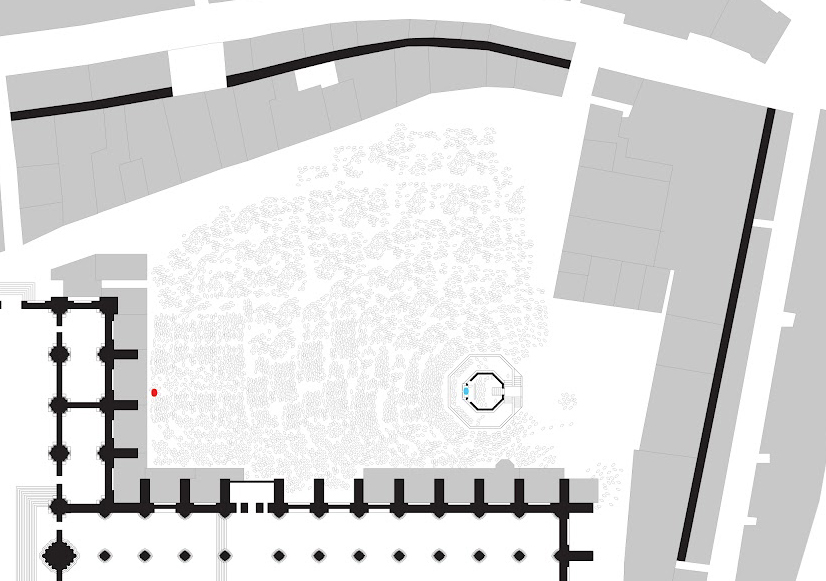 Figure 2: Paul’s Churchyard with 5000 people. From the Visual Model, constructed by Joshua Stephens.
Figure 2: Paul’s Churchyard with 5000 people. From the Visual Model, constructed by Joshua Stephens.
Estimators of crowd size today use the figure of about 4.5 to 5.0 square feet of space per person to arrive at figures for crowd size.
These numbers yield the possibility that about 6, 000 people could fit into this space. Given the fact that people were smaller physically in the early modern period, a number between 6, 000 and 7, 000 people does not seem unreasonable as an upper limit to the number of people who could fit into Paul’s Churchyard for a Paul’s Cross sermon.
These numbers are complicated, however, by the fact that a crowd density of one person for each 4.5 square feet yields a very high level of crowd density, perhaps an unsustainable level of crowd density, especially given the fact that the people assembled were expected to – mostly – stand in place for over two hours.
Figure 2, above, shows a crowd of some 5000 people gathered around Paul’s Cross. The space in which they are gathered is really very densely occupied.
Someone at the back of this size of crowd would, I suspect, feel trapped against the north transept of the cathedral. People in crowds where the density is too great for physical and psychological comfort will either feel increasing unease — not conducive to careful listening to the preacher — or leave the space.
Using a modern sense of the space per person needed for a more comfortable, perhaps more sustainable, level of crowd density, we might imagine allowing each person 9 square feet, which yields space for a crowd of 3, 000.
The discussion cited above on techniques for estimating crowd size claims that individuals to feel comfortable in a crowd need about 10 square feet per person; we have chosen the smaller number of 9 square feet per person because, again, they were smaller than we were, and perhaps were more accustomed to standing for long periods in more densely packed crowds than we are.
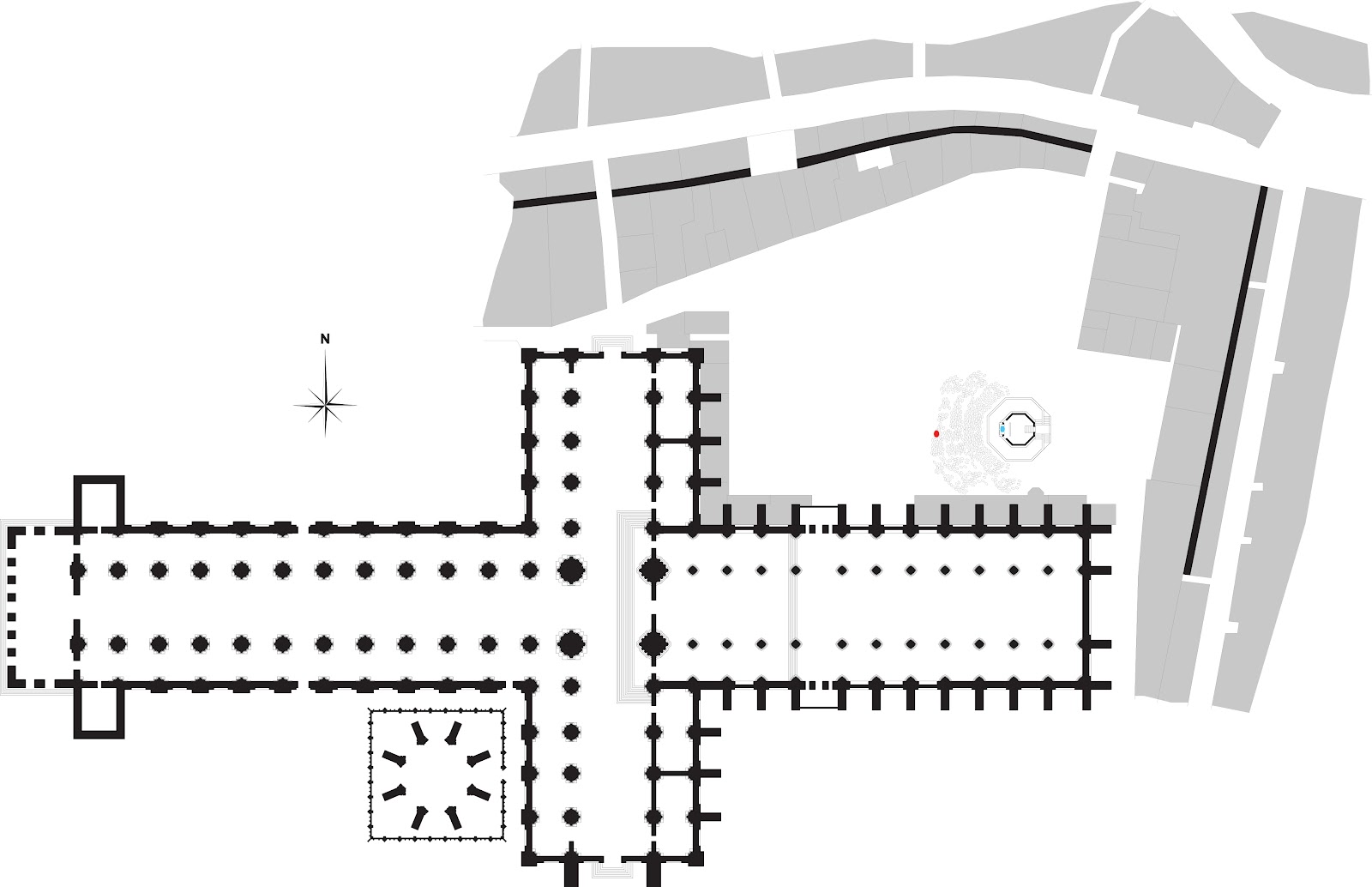
Figure 3: Paul’s Churchyard with 250 people. From the Visual Model, constructed by Joshua Stephens.
Figure 3 shows a crowd of about 250 – 300 people, approximately the size of the crowd depicted in John Gipkin’s painting of the scene, occupying roughly the amount of space shown in that painting. A crowd this size in the space of Paul’s Churchyard would have had plenty of room to spread out for comfort during the sermon’s two hours.
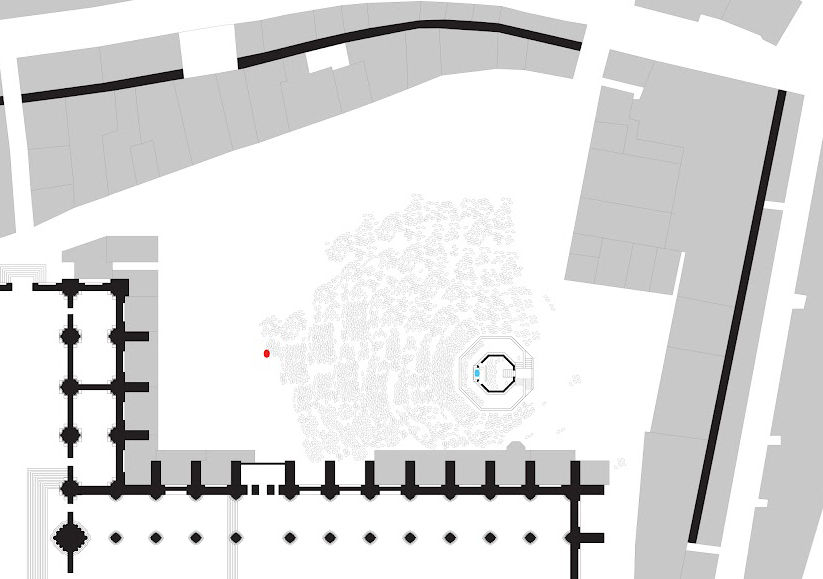 Figure 4: Paul’s Churchyard with 3000 people. From the Visual Model, constructed by Joshua Stephens.
Figure 4: Paul’s Churchyard with 3000 people. From the Visual Model, constructed by Joshua Stephens.
Figure 4 shows a crowd of approximately 2500 – 3000 people, which we suggest is a more reasonable upper limit for attendance. A crowd this size is still a significant crowd, but it still has room to adjust itself to the space.
Students of crowd size estimation today suggest that estimators of a crowd who have a stake in there being a large crowd in attendance will inevitably overestimate the size of the crowd.
This was the case for at least one early describer of attendance at a Paul’s Cross sermon. John Jewel, a source for the figure of 6000 attenders, gives this figure in a letter he wrote to Peter Martyr Vermigli in 1560, at least in part to convince Vermigli that the Elizabethan Settlement of Religion announced the year before was being widely and enthusiastically accepted by the English population.
In any case, it is surely worth remembering that — even if the higher estimates for numbers of attendees are correct — the attendance at Paul’s Cross sermons still did not exceed 3% of the population of London in the 1620’s. So the demonstrated impact of these sermons on the population cannot be explained solely on the basis of attendance at their delivery.
